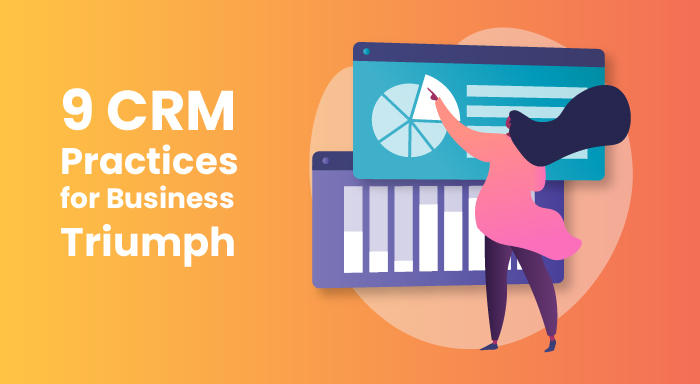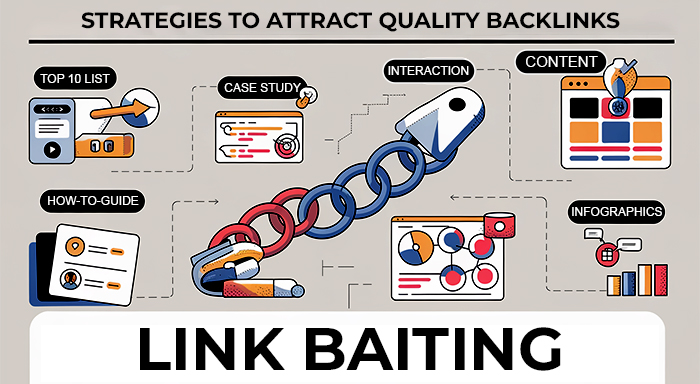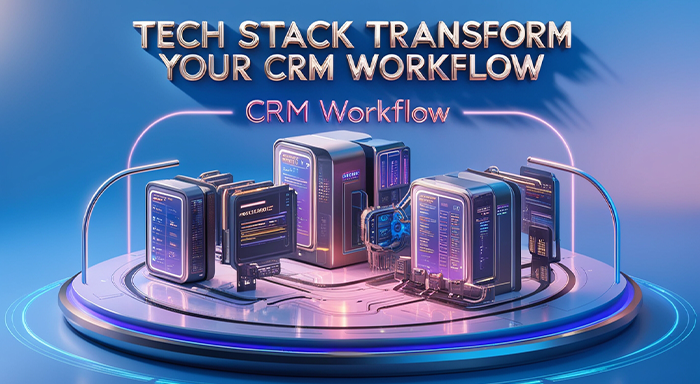The use of customer relationship management software or CRM software is becoming more common in many businesses. It enhances and streamlines the workflow of the organizations. Also, CRMs automate many everyday repetitive, monotonous tasks. This helps employees to concentrate more on other productive activities required for the growth of an organization. This way, CRM becomes the best option, especially for small businesses, as with CRM, you won’t need to hire an extra workforce, and you can easily run your marketing campaigns and get their analytics. If you’ve been interested in getting one for your company, here are some tips and best practices that could help make it easier for your industry to make the most of the CRM.
The Benefits of CRM Systems
By its definition and primary purpose, establishing CRM systems involves bettering the efficiency of managing your relationship with customers and other stakeholders. That’s just one of the general ways you can describe how your business can benefit from it.
CRM systems serve as a centralized center for customer data, like a gathering point for your marketing team members to put in and interact with customer data. With this, your team can treat customers better by creating more personalized experiences. One more thing that can be helpful in this is using a deal sourcing guide. It will help businesses enhance their ability to identify and capitalize on sales opportunities, ensuring they stay ahead of the competition and better manage relationships with stakeholders.
By nurturing strong customer relationships, businesses can increase customer loyalty and retention rates.
CRM systems also facilitate effective internal communication. Again, since it’s centralized, employees from different departments can access and update customer information in real-time. It makes collaborating easier and ensures everyone is on the same page when serving customers.
Also, this tool can automate everything, including lead generation, sales tracking, and follow-ups. Automation saves time and minimizes human errors, ensuring essential tasks are noticed and remembered.
If you still want to improve your processes, you can use CRMs for data analysis and reporting capabilities. You can better look into consumer behavior patterns, market trends, and sales performance. You can then make informed decisions and develop targeted marketing strategies.
Another less obvious benefit to a CRM would be its savings over time. Although there is a subscription cost, with a CRM, you can maximize your company’s revenue potential because marketing, sales, and customer service can be more efficient.
Now that you know the benefits of CRM systems, let’s cover some implementation tips to make integration more seamless.
- Define clear objectives and requirements.
To start, it’s a good idea to have some goals to aim for to let you know which direction to take your CRM implementation. Doing so sets the foundation for a successful CRM implementation that aligns with your business goals.
Defining clear objectives allows you to identify your goals through the CRM system. It could be anything from improving customer satisfaction, increasing sales revenue, streamlining processes, or enhancing data management.
By setting specific and assessable objectives, you create a roadmap for success and ensure that everyone involved understands the purpose of the CRM implementation. You can redirect your efforts accordingly if you need to get the goals you’ve set for yourself.
Your current pain points and areas are a great place to find out where a CRM system could provide solutions.
Consider conducting surveys or gathering feedback from different departments to understand their needs. Collaborate with key stakeholders to establish realistic expectations and prioritize the most critical objectives for your business.
You should then establish precise requirements for the CRM implementation. Figure out what functionalities and features are essential for your business operations. Some factors to consider would be:
- integration capabilities with existing systems
- scalability options
- user-friendliness
- customization possibilities
- security measures
Engaging in discussions with various teams within your organization using the CRM system will make it easier to define the functionalities you want from a CRM. Understand their workflows and processes to ensure the chosen solution aligns seamlessly with their needs.
Involve IT experts who can assess technical feasibility and compatibility with your current tech ecosystem.
Regular communication among all parties involved will help refine these objectives and requirements as needed throughout the implementation journey.
- Choose the right CRM vendor and software.
Suppose you need help managing your relationships and business dealing with different stakeholders. This situation can make you too eager to get a CRM. In that case, you might need to avoid getting and subscribing to the first and cheapest CRM you can find.
If you do this, you may have paid for a CRM tool that doesn’t have the features you want. Even when you take the time to get used to the CRM tool, adjustments can only make it worthwhile if it has what you need.
That’s why it’s vital that instead of choosing whatever CRM first appears on your radar or is cheapest, you should spend your time window shopping.
We’ve covered some qualities and features to consider when choosing the best CRM vendor and software. Here are some of them again for your reference:
- Pricing
- Scalability
- Integration with crucial software already embedded into your workflow
- Compatibility
- Customer Management Features
- User Experience
- Ease of Use
- Security
- Customer Support Abilities of Vendor
By weighing each CRM vendor’s abilities and software before committing to a purchase, you’ll avoid costly regrets and waste of your time and efforts.
- Communicate change with stakeholders.
If you incorporate a CRM into your business processes, you would want your stakeholders to access it. Therefore, plan how to encourage your stakeholders to use the CRM with you seamlessly.
Who will these people be? Aside from your customers, your stakeholders would also be your internal team, especially those using the CRM the most. These would likely be your marketing and sales team, but other groups should also be using it.
As the decision maker, you might have been planning a considerable change, such as adopting a CRM into the work process, for a while now. However, that’s different for your business’s employees. Thus, it’s a good idea to communicate with them regarding this new tool from the start, not just when you’ve bought the CRM.
- Evaluate the data to be migrated.
Once ready to adopt a new CRM, you must incorporate old data into the new system. You can still use preestablished and gathered data in your new system. However, you will need to incorporate it into the system somehow.
It is your chance to clean out your data storage to eliminate the old data you won’t need as you take on this new system. You reduce your new CRM system’s clutter and unnecessary data.
Transferring the critical data into the new system might take a while. It is a good idea to wait until all relevant information has been moved to your new CRM before you start asking your teams to use the new CRM. That way, they can work using it immediately and hit the ground running.
- Integrate with other company tools.
We’ve briefly mentioned the importance of considering how well your new CRM integrates with your current tech stack in the company. Let’s dive deeper into that point in this section.
When shopping around for your new CRM, you should look at the different software you’re using that you want to connect with your new CRM seamlessly. After all, you would want to avoid subscribing to a CRM only to find that they don’t support the vital tools already integrating deeply into how you or your employees work.
That said, sometimes, you can use your CRM and one or two other tools separately, and it won’t be too much of a hassle. But ideally, you want to find a CRM that will connect seamlessly with one another.
- Invest in CRM user training.
It will inevitably take quite a while before you or your team get used to the inner workings of your new CRM. It makes sense to have an adjustment period, which you should assume can take anywhere from a few weeks to a few months.
To help speed things up, though, user training for the specific CRM you’re using will speed up the process so your teams can use CRMs to their entire capabilities. The training can also help different teams understand how to collaborate better through the CRM.
- Measure, monitor, and track.
You will need to look at your goals and objectives to know that the CRM system you’ve added to your arsenal deserves to stay in your system. It would help to look at key performance indicators or KPIs you’ve established to measure, monitor, and track the CRM’s overall performance.
That’s how you continuously improve upon how you use the CRM or ultimately decide whether it’s worth it to use or not.
- Establish a Governance and Support Structure.
Part of establishing a reliable governance and support structure would be doing tasks such as creating a clear definition and scope of responsibilities, setting an IT team, getting the best software support service as backup or additional help, and many others.
Your goal is to systematize the maintenance and technical support that running your CRM system constantly will need. The more work you do there, the more you will rely on your established governance and support structure, so creating one is crucial.
Conclusion
If you will implement all the mentioned practices for integrating your CRM systems then for sure you will get a smooth experience and workflow. Next time you’re shopping around for a new CRM or upgrading your old one, remember these tips for a smooth integration process for you, your customers, and your team.
Author’s BIO

With 15 years of experience in CRM, I specialize in developing plugins for SuiteCRM and SugarCRM. My notable creations include SuiteCRM Email to Lead, SuiteCRM BCC Archiver, and SugarCRM Mailchimp. My expertise lies in enhancing CRM functionalities to drive business efficiency and growth.
Additionally, I create content on YouTube, sharing insights and tutorials on CRM solutions to help businesses enhance their efficiency and growth.
Stay updated by signing up for our newsletter
Read our full Privacy Policy here.




